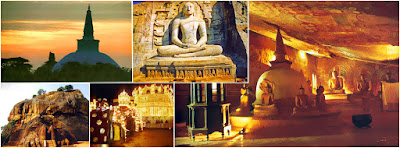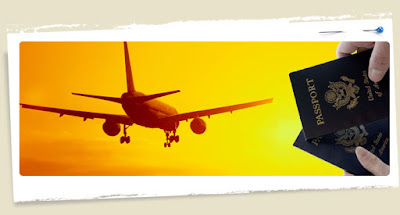A Little Srilankan History.
Pendent-shaped Sri Lanka is an island of beauty and diversity.
The story of Srilanka begins way back in 35,000 BC. It is with the nation’s indigenous Veddhas or Wanniyala-aetto (hunter gatherers) subsisting on the island’s natural bounty who left few traces of their past, and later it is with the founder of the Sinhalese race, Prince Vijaya who landed to Srilanka around the 5th or 6th century BC, present-day Mannar.
Sri Lanka is with two main ethnic groups called the Sinhalese and Tamils, and their religions are Buddhism and Hinduism, as well as early influence from Arab traders (Middle East) establishing and later, colonial powers of the European.
There were two Sri Lanka’s most famed and great royal capitals called Anuradhapura and Polonnaruwa which made beauty of the Buddhist iconography and early Sinhalese culture.
Anuradhapura kingdom remained stronger and developed the dry northern plain in the 4th century Bc to the 10th century AD, almost 1500 years. Buddhism, followed by around 65 percent of the population of srilanka, was introduced to the island at Mihintale Mountain in the 3rd century BC by Mahinda, the son of the great Buddhist emperor Ashoka in India.
Polonnaruwa survived for more than 2 centuries as a Sinhalese capital. Many tanks were constructed during this region by the kings especially by parakramabahu 1.
Meanwhile the first Tamil kingdom established itself in Jaffna, in the north of the island, also developed as an independent Tamil kingdom in the early years and remains the heartland of the Tamil people. Later Kandy was the last royal capital of the Sri Lanka and finally it succumbing in 1815.
Arab traders stayed for several months in the coastal rivers and lagoons during the south west monsoon and they made Srilanka as a business hub since some of them drawn to the rich gem fields in the southwest of the island. They called to this island as Serandib, from seran (gem) and dwip (island).
By the time there is a considerable amount of Muslims living in Srilanka by observing the religion of Islam (Islamic people).
Sri Lanka discovered by the Portuguese in 1505 and it’s the wealth of spices, (particularly cinnamon), ivory and also elephants – riches. Arab and Chinese traders recognized it long since before.
The British people took Sri Lanka peacefully in 1796 and ruling until 1948 (the Sri Lanka’s Independence Day), by leaving her with an efficient roads and amazing rail system and a rich legacy of Ceylon Tea.




Comments
Post a Comment